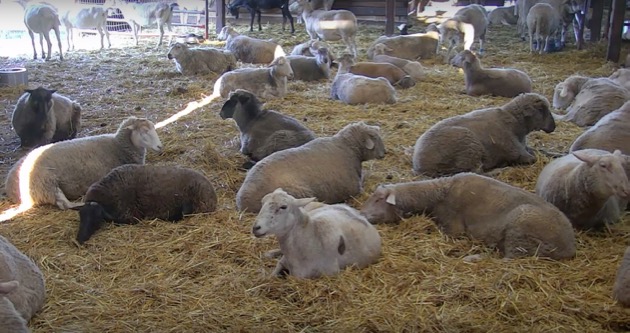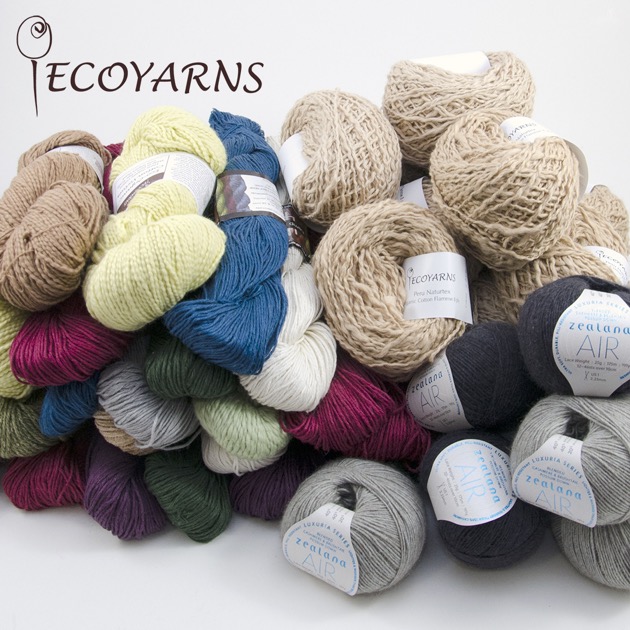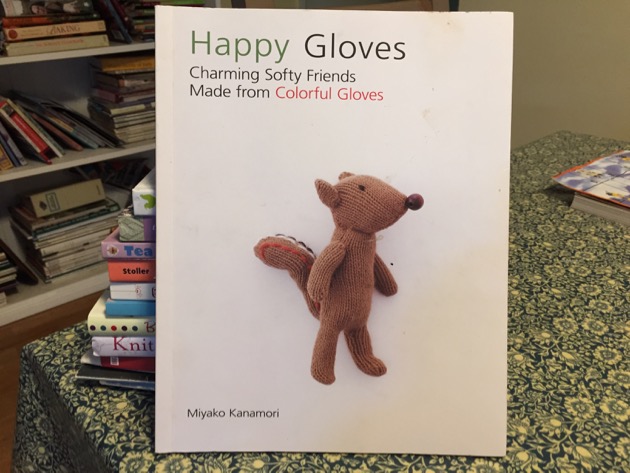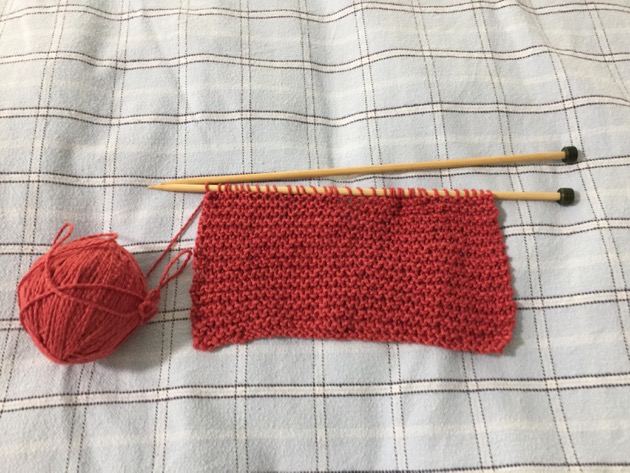Last Friday morning we set off up the mountain to buy vegetable seeds at Green Harvest. After driving through Maleny we were surrounded by rolling hills and many small homesteads along the way. So many of these homes are on large blocks where the owners take advantage of the space with chooks, goats or a house cow, as well as a thriving kitchen garden. It's a lovely drive. I've visited Green Harvest many times over the years when the shop was in Maleny, this was to be the first visit to their new store and garden at Witta. What a treat it was. The garden is bigger than I expected it to be and we happily wandered the garden paths looking, touching and smelling a very wide range of plants. You would not see many of these plants in a regular nursery.
These are pigeon peas. We used to grow these up until a few years ago. They're a great addition to the backyard especially if you have chooks. They make a great feed for chickens and you can use the dried peas to make pea soup, in much the same way you use yellow split peas.
I loved that the garden was very much a productive kitchen and medicinal garden. I'm disappointed when I visit a garden that is manicured and clipped to within an inch of its life. I want authenticity in the gardens I visit. A wild and thriving garden is much more interesting and satisfying to me than a neat and clipped one. As we walked around I saw plants I knew as well as many I didn't know. If you're new to gardening, I'm sure a visit to this garden would help you. The plants in the garden are named, the staff are keen to help and as well as the seeds, there are a number of seedings and cuttings on display that you can buy.
When you visit the Green Harvest website, you'll see it's not just an online shop, it's a valuable resource built to help new and seasoned gardeners. Green Harvest is owned and run by Frances and Jeff Michaels and Frances has been writing and encouraging fellow gardeners with her vast horticultural knowledge since they opened in 1992. There is a wide range of information about vegetables, herbs, fruit and permaculture online and Frances has always maintained accurate and relevant information there for all to read. But visiting the garden where many of the seeds come from is enlightening and a great encouragement to go home and start digging. I have visited a few heirloom seed gardens in other states but none came close to the motivation I felt at this wonderful place.
These are the seeds I bought at Green Harvest, along with the Give Bees a Chance collection of flower seeds Jeff wanted me to try. They would be fabulous if you have a bee hive or two but also a valuable addition to the collection of local flowers bees visit near your home.
You can sign up for the annual Australian Organic Gardening Resource Guide here and find many of the answers you're searching for here in Green Garden Notes. Both of these invaluable guides are provided free by Green Harvest. The Green Harvest shop is located at 9 Gumland Drive Witta, which is on the western side of Maleny, and is open Monday to Friday from 9am - 5pm. It would be a great day out if you drove up from Brisbane or the Sunshine Coast. Don't forget to pack a thermos and a sandwich because there are plenty of places along the way to pull off the road, but there is a coffee shop next door if you get caught short.
I am not affiliated with Green Harvest at all but have found Frances, Jeff and their staff to be generous and genuine with a fine community spirit. I have bought goods from them online and in person and recommend them to you as a business that always provides excellent products and service.
Gracie will lead you around the Green Harvest garden. Hold on to your hat.
The garden wraps itself around the side of the shop.
Red/purple kale.
These are pigeon peas. We used to grow these up until a few years ago. They're a great addition to the backyard especially if you have chooks. They make a great feed for chickens and you can use the dried peas to make pea soup, in much the same way you use yellow split peas.
I loved that the garden was very much a productive kitchen and medicinal garden. I'm disappointed when I visit a garden that is manicured and clipped to within an inch of its life. I want authenticity in the gardens I visit. A wild and thriving garden is much more interesting and satisfying to me than a neat and clipped one. As we walked around I saw plants I knew as well as many I didn't know. If you're new to gardening, I'm sure a visit to this garden would help you. The plants in the garden are named, the staff are keen to help and as well as the seeds, there are a number of seedings and cuttings on display that you can buy.
When you grow open pollinated or heirloom vegetables, you can collect the seeds to sow the following season. Above and below are the basil seeds I collected from our plants last week. Not only is it a cheaper option to garden this way, but the plants you grow from open pollinated seeds from your own garden will be better adapted to your local conditions.
When you visit the Green Harvest website, you'll see it's not just an online shop, it's a valuable resource built to help new and seasoned gardeners. Green Harvest is owned and run by Frances and Jeff Michaels and Frances has been writing and encouraging fellow gardeners with her vast horticultural knowledge since they opened in 1992. There is a wide range of information about vegetables, herbs, fruit and permaculture online and Frances has always maintained accurate and relevant information there for all to read. But visiting the garden where many of the seeds come from is enlightening and a great encouragement to go home and start digging. I have visited a few heirloom seed gardens in other states but none came close to the motivation I felt at this wonderful place.
These are the seeds I bought at Green Harvest, along with the Give Bees a Chance collection of flower seeds Jeff wanted me to try. They would be fabulous if you have a bee hive or two but also a valuable addition to the collection of local flowers bees visit near your home.
You can sign up for the annual Australian Organic Gardening Resource Guide here and find many of the answers you're searching for here in Green Garden Notes. Both of these invaluable guides are provided free by Green Harvest. The Green Harvest shop is located at 9 Gumland Drive Witta, which is on the western side of Maleny, and is open Monday to Friday from 9am - 5pm. It would be a great day out if you drove up from Brisbane or the Sunshine Coast. Don't forget to pack a thermos and a sandwich because there are plenty of places along the way to pull off the road, but there is a coffee shop next door if you get caught short.
I am not affiliated with Green Harvest at all but have found Frances, Jeff and their staff to be generous and genuine with a fine community spirit. I have bought goods from them online and in person and recommend them to you as a business that always provides excellent products and service.























































